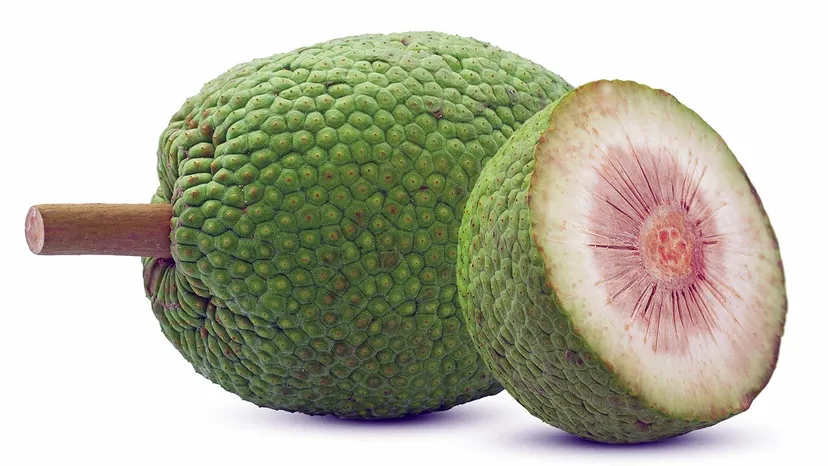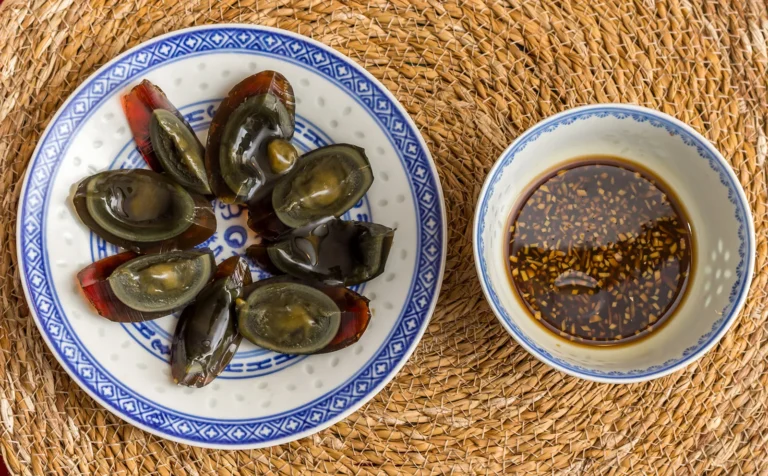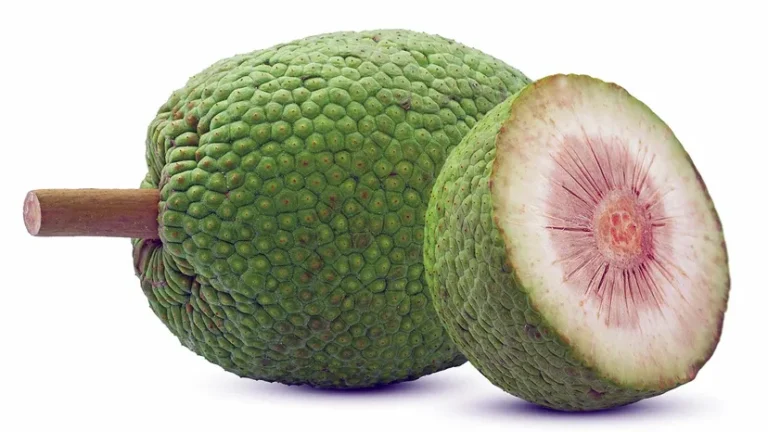
Introduction
Food is more than just sustenance—it’s a bridge to history, culture, and identity. Every dish we eat carries a story of migration, trade, war, and innovation. But what about the foods that never made it to the modern table? What about the crops, spices, and cooking techniques that once thrived but slowly disappeared due to colonization, industrialization, or simple shifts in taste?
Many of these forgotten foods were not just delicious but also nutritionally superior and environmentally sustainable. By rediscovering them, we can revive traditional diets, combat food insecurity, and even mitigate climate change.
In this article, we’ll explore some of the most fascinating forgotten foods from different corners of the world, their history, why they vanished, and why we should bring them back.
1. The Ghost Grain: Emmer Wheat (Farro) and Its Journey Through Time
Long before modern wheat dominated agriculture, ancient civilizations relied on emmer wheat, also known as farro in Italy. This grain was cultivated by the Egyptians, Sumerians, and Romans, serving as a staple in their diet.
🔹 Why It Disappeared:
- The rise of high-yield, soft wheat varieties that were easier to process pushed emmer wheat into obscurity.
- Industrial milling techniques favored modern wheat for making fluffy bread and pasta.
🔹 Why We Should Bring It Back:
- Emmer wheat is packed with protein, fiber, and antioxidants, making it far healthier than modern refined wheat.
- It’s naturally drought-resistant and thrives in poor soil, making it a sustainable crop for the future.
- In Italy, farro is making a slow comeback as chefs rediscover its rich, nutty flavor in soups, salads, and risottos.
2. Silphium: The Lost Spice That Was Worth More Than Gold
Silphium is one of history’s greatest mysteries. This ancient spice was so valued in ancient Rome and Greece that it was literally harvested to extinction. It was used for seasoning food, medicinal purposes, and even as a form of birth control.
🔹 Why It Disappeared:
- Overharvesting led to its extinction by the 1st century AD.
- Romans even depicted silphium on their coins, showing its immense economic and cultural value.
🔹 Can We Bring It Back?
- Scientists are searching for wild relatives of silphium in North Africa in hopes of reviving it.
- Food historians believe its distinct, garlicky-peppery taste could revolutionize modern cuisine.
3. Tiger Nuts: The Superfood of Ancient Egyptians
Despite their name, tiger nuts are not nuts at all—they are small, wrinkled tubers that were a staple in ancient Egypt. Egyptians used them in sweets, drinks, and even as an early form of nut milk.
🔹 Why They Disappeared:
- The rise of more commercially viable crops like almonds and peanuts led to their decline.
- Industrial agriculture did not favor these slow-growing tubers.
🔹 Why We Should Bring Them Back:
- Tiger nuts are rich in prebiotic fiber, promoting gut health.
- They are naturally gluten-free, nut-free, and dairy-free, making them an ideal superfood for those with dietary restrictions.
- In Spain, tiger nuts are making a comeback in the form of horchata, a traditional sweet, milky drink.
4. Breadfruit: The Forgotten Crop That Could End World Hunger
Breadfruit is a starchy, potato-like fruit native to the Pacific Islands. It was once a critical food source for Polynesian voyagers, who carried it across the ocean in their canoes.
🔹 Why It Disappeared:
- European colonization introduced wheat and rice, which overshadowed traditional foods like breadfruit.
- Many people saw it as a “poor man’s food” and abandoned it.
🔹 Why We Should Bring It Back:
- Breadfruit trees produce massive amounts of food with minimal water and fertilizer, making them ideal for tackling food insecurity.
- The fruit is highly versatile, used in curries, fries, and even desserts.
- Scientists are working on developing flour from breadfruit as a gluten-free alternative to wheat.
5. Haskap Berries: The Forgotten Superfruit from Japan and Siberia
Haskap berries, also known as honeyberries, have been grown in Japan, Russia, and Canada for centuries. They are packed with antioxidants, often considered healthier than blueberries.
🔹 Why They Disappeared:
- Due to their delicate nature, they were difficult to transport and commercialize.
- They were overshadowed by more common berries like strawberries and blueberries.
🔹 Why We Should Bring Them Back:
- Haskap berries contain three times more antioxidants than blueberries.
- Their tart, juicy flavor makes them ideal for jams, juices, and desserts.
- They thrive in cold climates and require minimal pesticides or fertilizers, making them an environmentally friendly crop.
6. Fonio: The Ancient African Grain That Grows Anywhere
Fonio is one of the oldest cultivated grains in Africa, dating back over 5,000 years. This tiny grain is packed with nutrients and has been called the next quinoa.
🔹 Why It Disappeared:
- It was replaced by imported crops like rice and wheat, which were promoted by colonial agricultural policies.
- Traditional knowledge about fonio cultivation declined as urbanization spread.
🔹 Why We Should Bring It Back:
- Fonio is gluten-free, rich in amino acids, and high in fiber.
- It can be used in everything from porridges to stews and even beer.
- It thrives in poor soil and drought conditions, making it perfect for climate-resilient farming.
7. Mesquite Flour: The Sweet Secret of Indigenous Tribes
Before processed sugar dominated the world, Indigenous tribes across North and South America used mesquite flour as a natural sweetener. Made from ground mesquite pods, this flour has a rich, caramel-like flavor and is naturally low on the glycemic index.
🔹 Why It Disappeared:
- The rise of processed sugar and white flour led to the decline of mesquite’s use in cooking.
- Industrial farming shifted focus toward mass-produced grains like corn and wheat.
🔹 Why We Should Bring It Back:
- Mesquite flour is naturally gluten-free and diabetic-friendly.
- It has a low glycemic index, making it a great alternative to white sugar.
- It’s highly sustainable—mesquite trees grow in arid regions with little water.
Conclusion: Rediscovering the Past to Feed the Future
In our quest for convenience, we have lost some of the most nutritious, resilient, and culturally significant foods. But these lost ingredients hold the key to solving modern problems, from food security to sustainability.
By reviving forgotten foods, we can:
✅ Support biodiversity
✅ Reduce our reliance on unsustainable monoculture crops
✅ Discover exciting new flavors


